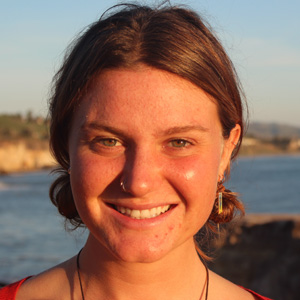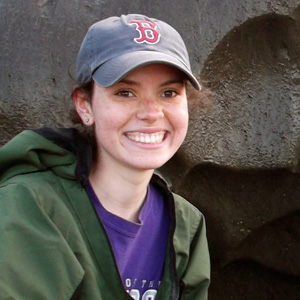The Arctic contains vast amounts of soil that is frozen throughout the year, known as permafrost. Permafrost soil is rich in ancient carbon—plant and animal remains that are thousands of years old. Warming air temperatures are now causing the permafrost to thaw, allowing bacteria to convert this ancient carbon from a solid form to carbon dioxide gas. In a self-perpetuating cycle, the higher levels of carbon dioxide in the atmosphere create warmer air temperatures, and permafrost thawing increases. The rapid rate of decomposition and related warming are important because we are uncertain exactly how much carbon is stored in the soil, how the plants and animals of the region will respond to warmer air temperatures, and how quickly the cycle will progress. Recent research estimates that soil carbon in the Arctic is four times greater than the total amount of carbon in tropical and temperate forests combined.
We collected three to six soil cores from twenty sites in the Panteleikha and Ambolikha watersheds. These rivers are found in northeastern Russia and are tributaries of the Kolyma River, one of the largest rivers draining into the Arctic Ocean and the largest watershed on Earth underlain entirely by permafrost. We sampled five different land cover types: forest, shrub, floodplain, alas (areas that were once lakes and have since dried up), and lake. The soil cores were 15 to 20 cm deep, corresponding to the depth of soil that thaws and refreezes each year (active layer). After collection, the sample was weighed, burned, and weighed again. By subtracting the weights before and after burning, we measured the sample’s carbon content.
Forest soils contained the highest carbon content (69%), followed by alases (57%), floodplains (28%), shrubs (10%), and lakes (7%). Since it is impossible to take soil samples from an entire landscape, we will use land cover maps based on satellite images to estimate the distribution of land cover types across a larger area. Using our measurements of soil carbon for each land type, we can then calculate a total quantity of carbon for this area. These broad-scale estimations will be critical in predicting potential changes, and the rate of those changes, taking place in the Arctic as climate warming continues.



